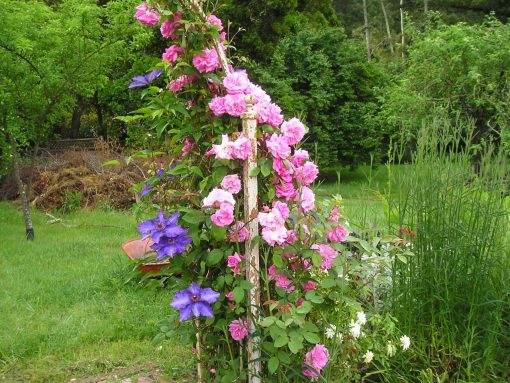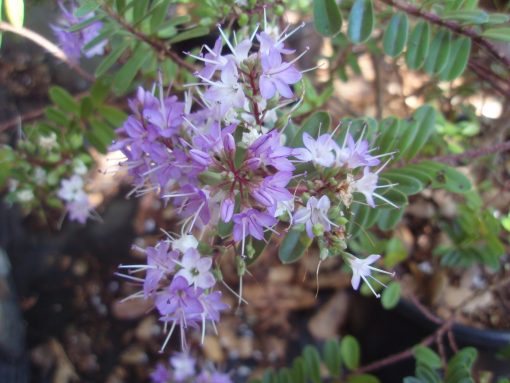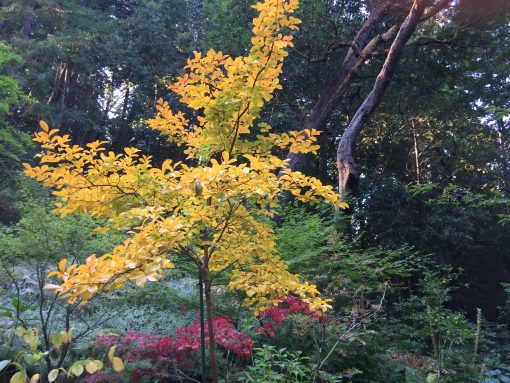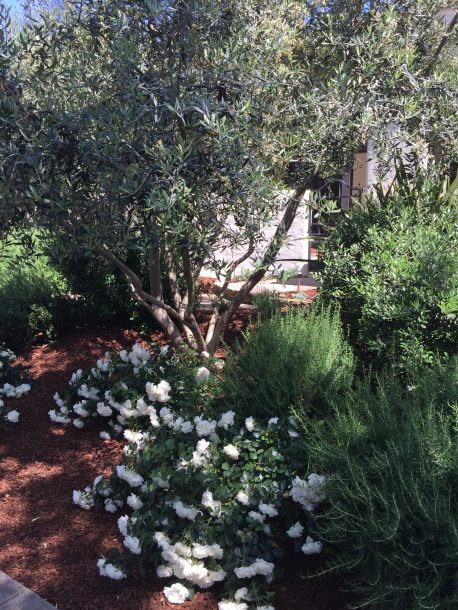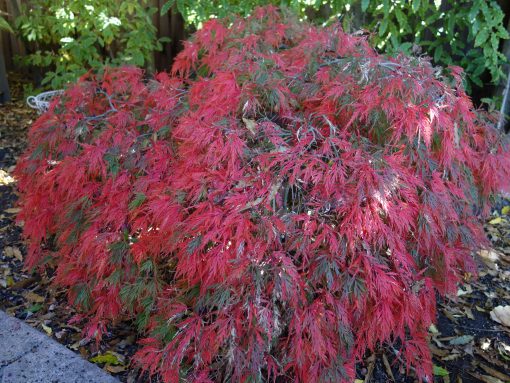
Everything in the garden is full and lush in June. Your Japanese maple might be getting a little too full for your taste-outgrowing its space, crowding the neighbors, looking like a boring blob. Take the fear out of pruning with these easy steps.
Pruning any plant is necessary for several reasons – to control size or shape, to remove dead or diseased branches, to improve structure or to stimulate new growth. Pruning also can improve the health of a plant by increasing air circulation, allowing more light into the center and reducing disease problems.
Japanese maples do not need a lot of pruning. June is the best time of year to prune them as the leaves have become full size. The least favorable time to prune would be early to mid fall just as it is sending nutrients and energy to store for the cold months. Bring out your tree’s personality by symmetrically thinning out about a third of the small twigs throughout the tree and any dead twigs. Japanese maples less than 15 years old are prone to put on new growth that looks like a buggy whip – unattractively skinny with no side branches. Shortening or removing the buggy whips only stimulates more of the same. Be patient. You will be surprised to find that, as the whips age, they fatten up, develop lateral branches and turn into nice-looking scaffold limbs. Make sure not to thin too much on the sides of the tree if they are exposed to sunlight as that could cause sunburn. Use the “1/3 rule” when deciding where or how far back to cut a branch – that is prune to an upward or outward growing branch that is at least a third as big as the one you are cutting.
Avoid attempting to restrict the height of a Japanese maple. It won’t work. The tree will simply grow faster with thin, unruly branches. You can reduce the height of the tree a bit by removing branches that grow in an upward direction to a lower branch. The width of these trees, on the other hand, can be somewhat modified. Trim side growth and foliage that is hanging too low by cutting to branches farther back in the tree. It’s time consuming to prune a little, then stand back to decide where the next cut will be, but when you’re finished, your new tree will have an airy, delicate appearance allowing you to see into the tree and admire the attractive branching pattern.
While you have the pruners out shear back early flowering perennials to encourage another round of blooms. Add more mulch to areas that are a little thin. Check the ties on trees to make sure they aren’t too tight and remove the stake if the trunk is strong enough to support the tree on its own.
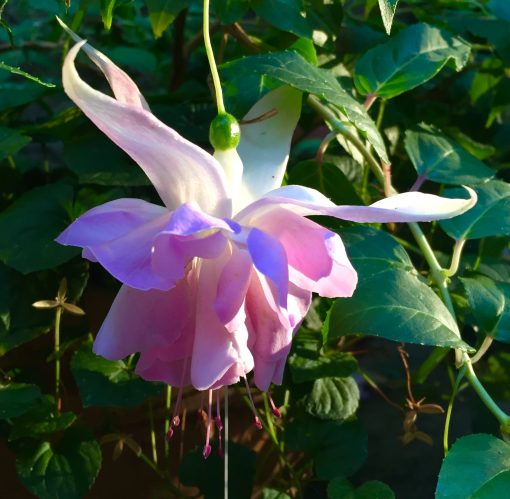
Look for any pest problems so you can do something about them before it gets out of hand. I’m OK with a few holes here and there but a heavy infestation should be trimmed off or sprayed with an organic insecticide. Inspect the tips of fuchsias regularly for fuchsia mites and clip off any distorted growth. I hate to spray even organics on them due to the hummingbird activity.
Most importantly, enjoy your time outdoors. If a task is too big to do at one time, break it down into smaller sessions. As they say, take time to smell the roses.

